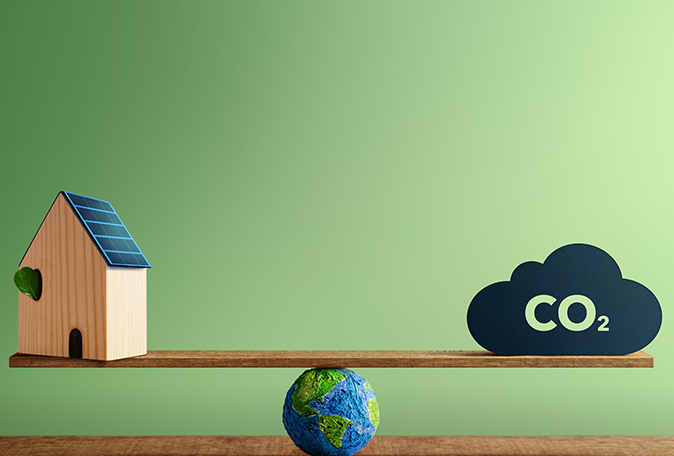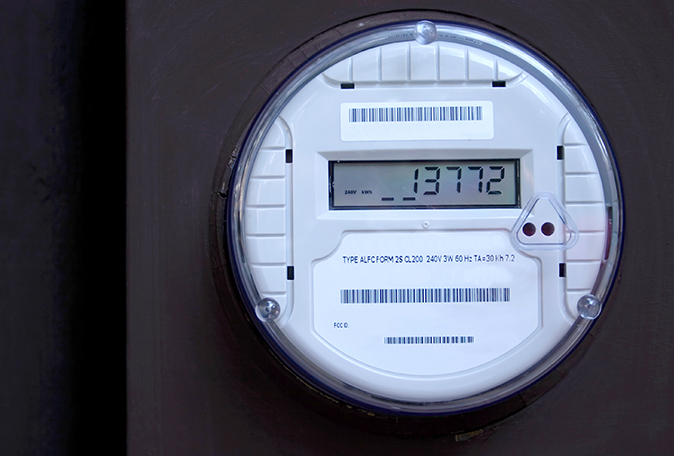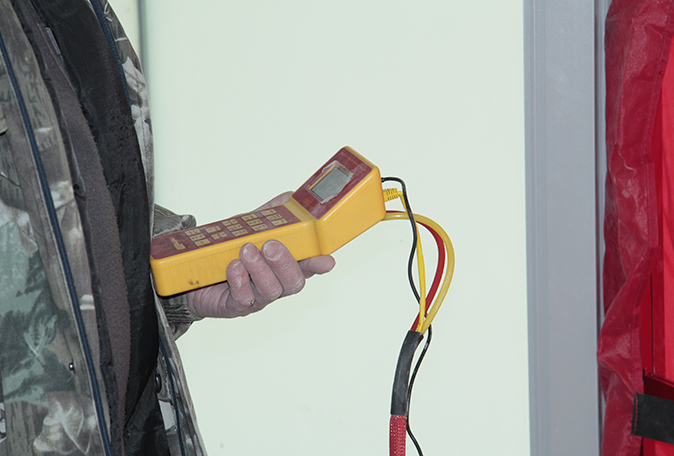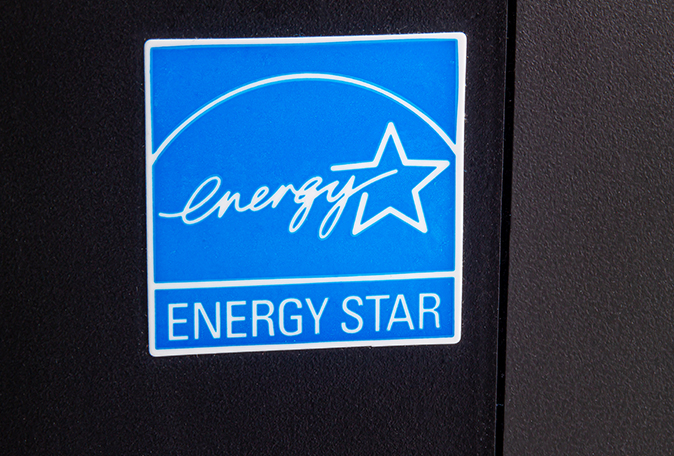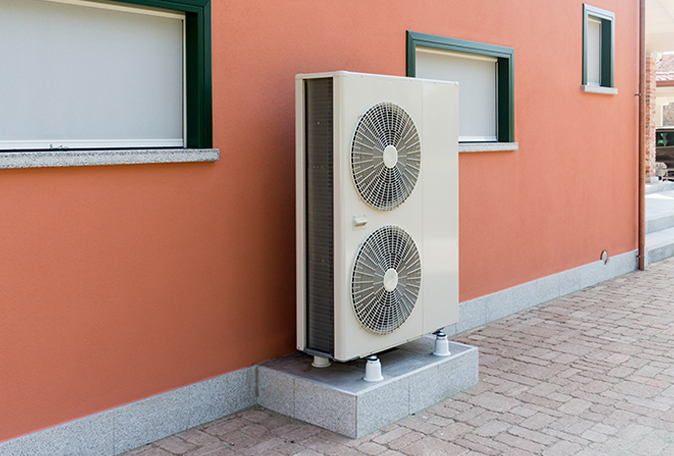Did you know, by simply reducing home energy use by 25%, the U.S. could cease all coal use, drastically cutting carbon emissions?
Imagine a world where our actions align harmoniously with nature, and every watt we use contributes to a healthier, more sustainable future. It’s not only possible, it’s within our reach. Every day, we utilize energy to power our lives, often without thinking about its source or impact. Yet, this energy use accounts for a significant portion of global greenhouse gas emissions that drive climate change. Thankfully, change is possible. We can drastically reduce our carbon footprint by rethinking our energy use, increasing energy efficiency, and opting for renewable energy sources. These options not only help save the environment but also reduce energy bills and create a more resilient energy grid. Transitioning to a low-carbon future isn’t just about survival—it’s about flourishing in a cleaner, healthier, and more equitable world. Let’s seize this opportunity to create a lasting, positive impact on our planet for generations to come. It all begins with our daily energy choices.
Key Concepts:
1Energy Efficiency
This is the most crucial aspect of sustainable home energy management. Energy efficiency means using less energy to perform the same tasks. This could be achieved through better insulation, energy-efficient appliances, and smarter usage of energy. High-efficiency appliances can significantly reduce energy use, saving you money while reducing your carbon footprint. Check for the Energy Star label when buying new appliances, a U.S. government certification that guarantees energy efficiency. Energy-efficient homes require less energy for heating, cooling, and appliances. This can be achieved through high-quality insulation, efficient appliances, and mindful energy usage.
Fact: If every U.S. home replaced just one light bulb with an Energy Star certified bulb, we could prevent greenhouse gas emissions equivalent to 2.6 million cars.
- “The New Net Zero: Leading-Edge Design and Construction of Homes and Buildings for a Renewable Energy Future” by Bill Maclay.
2Thermal Insulation
Proper insulation is vital in controlling the home’s temperature, keeping it warm in the winter and cool in the summer. By doing so, it reduces the demand on heating and cooling systems, thereby saving energy. Different insulation types include fiberglass, mineral wool, cellulose, and polyurethane foam. Each has varying insulating properties, cost, and ecological impact. Researching or consulting with an expert can help you choose the most appropriate option for your home. Proper insulation helps maintain a comfortable home temperature and reduces the burden on heating and cooling systems. It’s the first step in any energy-efficient home strategy.
Fact: Proper insulation can reduce heating and cooling costs by over 40%.

3Window Efficiency
Fact: Energy-efficient windows can reduce energy costs by up to 30%.
4Energy-efficient Lighting
Lighting accounts for about 10% of a home’s electricity usage. Switching to energy-efficient light bulbs, such as LEDs, can dramatically reduce this figure. They use about 25%-80% less energy than traditional incandescents and can last up to 25 times longer. By switching to energy-efficient bulbs like LEDs, you reduce your energy use for lighting and save money, as they last far longer than traditional bulbs.
Fact: LED bulbs use 75% less energy and last 25 times longer than incandescent lighting.

5Water Heating Efficiency
Water heating is one of the most energy-intensive processes in any home. Consider energy-efficient options such as heat pump water heaters or tankless water heaters. Further, insulating your hot water tank and pipes can help retain heat, saving energy and money. Efficient water heating technologies, like heat pump water heaters, consume less energy. Insulating your hot water tank and pipes also retains heat.
Fact: An efficient water heater can reduce energy use for water heating by up to 50%.
6Home Automation and Smart Thermostats
Home automation systems and smart thermostats help manage energy usage effectively. Smart thermostats can adjust heating and cooling according to your behavior, weather, and preference, improving efficiency. Other smart home devices can control lighting, appliances, and more, providing substantial energy and cost savings. These technologies offer automated and more efficient control of heating, cooling, and appliances, reducing energy use and costs.
Fact: A smart thermostat can save an average household $145 a year on energy costs.

7Alternative Energy Sources
Fact: One wind turbine can produce enough electricity to power 1,500 homes.
- “Solar Electricity Handbook: A Simple, Practical Guide to Solar Energy” by Michael Boxwell.
8Phantom Load
Many electronic devices and appliances consume energy when they’re turned off but still plugged in, a phenomenon known as phantom load or standby power. This can account for up to 10% of a home’s energy use. Smart power strips can cut power to these devices when they’re not in use, helping to reduce this unnecessary energy consumption. By using smart power strips or unplugging devices when not in use, you can eliminate energy consumed by devices on standby mode.
Fact: Phantom power can cost the average U.S. household $100 per year.

9Sustainable Construction and Renovation
Sustainable construction materials can significantly reduce a home’s energy consumption and environmental impact. For example, using sustainably harvested wood, recycled steel, or plant-based polyurethane rigid foam offers superior insulation while being environmentally friendly. If renovating, consider how you can improve the home’s energy efficiency. Sustainable construction practices and materials reduce a home’s energy consumption and environmental impact.
Fact: Green buildings use 25% less energy and 11% less water than traditional buildings.
- “Building a Sustainable Home” by Melissa Rappaport Schifman.
10Lifestyle Changes
Finally, it’s important to remember that your habits and behaviors have a significant impact on home energy consumption. Simple steps like turning off lights when not in use, air-drying clothes, or using the dishwasher’s energy-efficient settings can add up to significant energy savings. Creating an energy-conscious lifestyle is vital to making a home truly energy-efficient. Small, mindful changes, like turning off lights or air-drying clothes, add up to significant energy savings.
Fact: If you air-dry clothes, you can save up to 4% on your monthly electricity bill.

- “Sustainable Home: Practical projects, tips and advice for maintaining a more eco-friendly household (Volume 1)” by Christine Liu.
Understanding these key concepts can empower homeowners to make informed decisions, leading to improved energy efficiency, cost savings, and a reduced environmental impact. Every step toward more sustainable energy usage in our homes brings us closer to the goal of a sustainable planet.
Special Considerations for Affordable Housing Projects:
1Energy Efficiency
This is paramount in affordable housing as it directly impacts the affordability of the home in the long run. Energy-efficient designs and appliances can significantly lower utility bills, making the housing more affordable over time. This includes efficient insulation, HVAC systems, lighting, and water heating.
2Renewable Energy Sources
Incorporating renewable energy systems like wind or geothermal can further decrease utility bills and make housing more resilient to energy price fluctuations. While the initial costs might be higher, the long-term savings and benefits to the environment make this an important consideration.
3Health and Comfort
Energy-related factors can greatly affect the health and comfort of residents. Proper insulation and ventilation can help maintain comfortable temperatures, improve air quality, and reduce dampness and mold, which can cause health problems.
4Resilience
Designing homes that can withstand power outages and extreme weather conditions, such as installing energy storage or passive solar design, is critical in providing secure and reliable housing.
5Education and Behavior
Ensuring residents are aware of and understand how to use the energy-efficient features of their home is crucial. Providing information on energy-saving behaviors can help maximize the benefits of energy-efficient designs and appliances.


